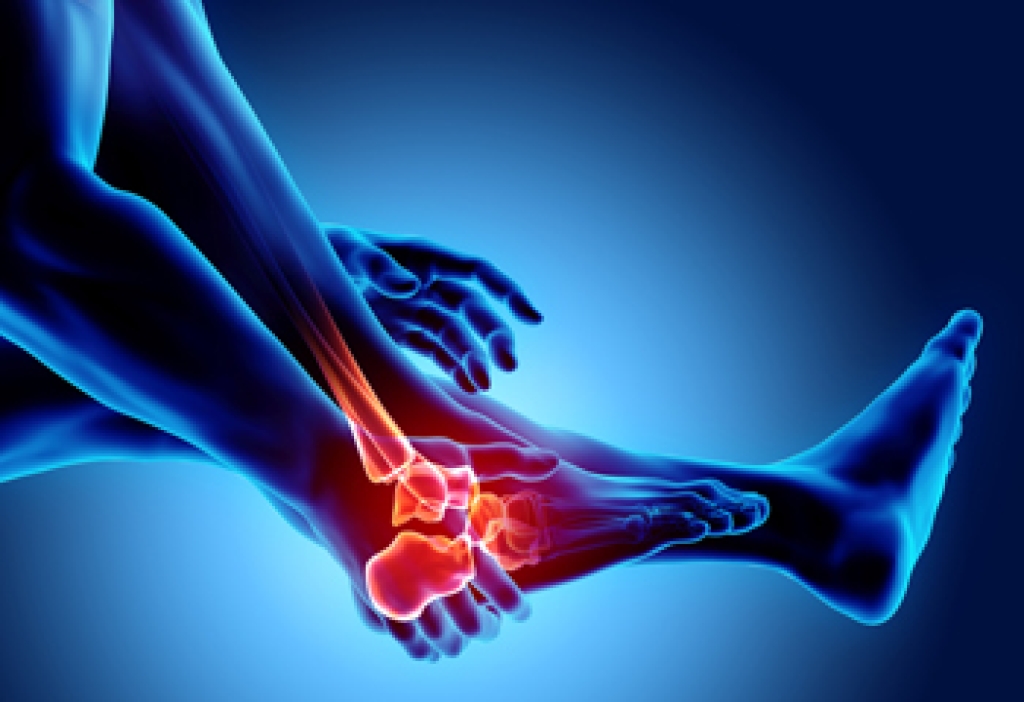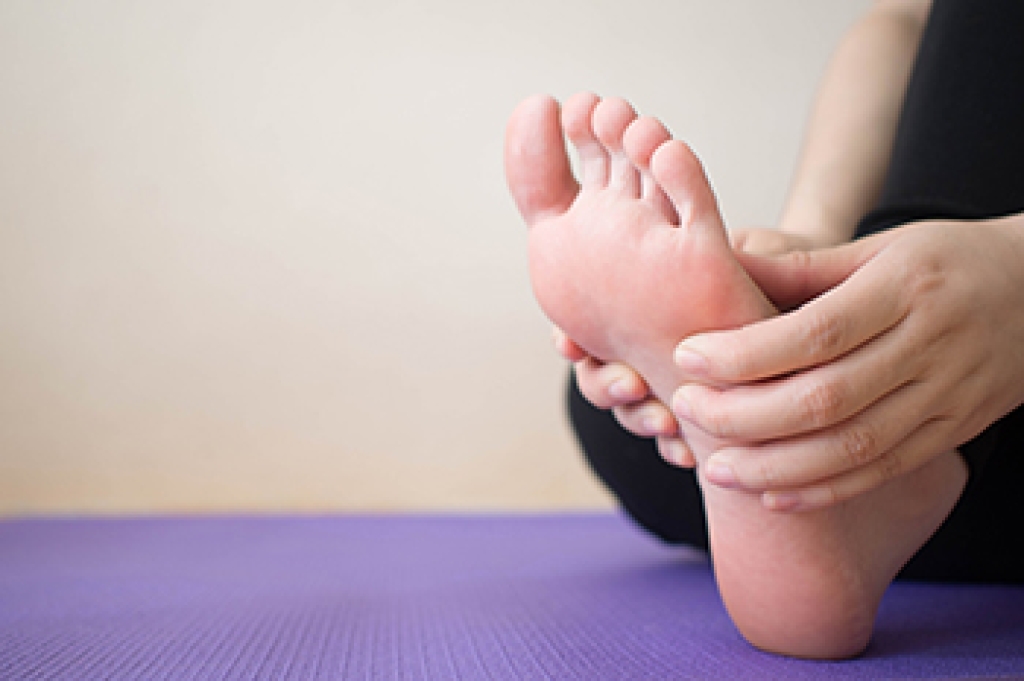 Many people may take their foot health for granted, however it is extremely important to take care of your feet in order to prevent issues from arising. Not only can podiatrists help to prevent problems, their extensive knowledge on the feet allows for them to specialize and target their treatments in a more advanced manner as compared to a general practitioner. Podiatrists can help diagnose, treat, and rehabilitate foot related issues, including bunions, heel pain, bone fractures, fungal infections, and ingrown toenails. Podiatrists can also help patients find the proper orthotics to provide support for their feet. Additionally, they can help provide self-care and preventative tips, especially for patients with conditions like diabetes and rheumatoid arthritis. If you are experiencing any issues with the feet, or you want to get ahead of any potential issues, it is suggested that you make an appointment with a podiatrist.
Many people may take their foot health for granted, however it is extremely important to take care of your feet in order to prevent issues from arising. Not only can podiatrists help to prevent problems, their extensive knowledge on the feet allows for them to specialize and target their treatments in a more advanced manner as compared to a general practitioner. Podiatrists can help diagnose, treat, and rehabilitate foot related issues, including bunions, heel pain, bone fractures, fungal infections, and ingrown toenails. Podiatrists can also help patients find the proper orthotics to provide support for their feet. Additionally, they can help provide self-care and preventative tips, especially for patients with conditions like diabetes and rheumatoid arthritis. If you are experiencing any issues with the feet, or you want to get ahead of any potential issues, it is suggested that you make an appointment with a podiatrist.
If you are experiencing pain in the feet or ankles, don’t join the stubborn majority refusing treatment. Feel free to contact Jeffrey Rosenblatt, DPM from New York. Our doctor can provide the care you need to keep you pain-free and on your feet.
What Is a Podiatrist?
Someone would seek the care of a podiatrist if they have suffered a foot injury or have common foot ailments such as heal spurs, bunions, arch problems, deformities, ingrown toenails, corns, foot and ankle problems, etc.
Podiatric Treatment
A podiatrist will treat the problematic areas of the feet, ankle or lower leg by prescribing the following:
- Physical therapy
- Drugs
- Orthotic inserts or soles
- Surgery on lower extremity fractures
A common podiatric procedure a podiatrist will use is a scanner or force plate which will allow the podiatrist to know the designs of orthotics. Patients are then told to follow a series of tasks to complete the treatment. The computer will scan the foot a see which areas show weight distribution and pressure points. The podiatrist will read the analysis and then determine which treatment plans are available.
If you have any questions, please feel free to contact our office located in Brooklyn, NY . We offer the newest diagnostic and treatment technologies for all your foot care needs.




